1. Which engineer gave up a comfortable life in France to return home to build the first steel furnace to serve the resistance war?
- Tran Dai Nghia0%
- Vo Quy Huan0%
- Vo Dinh Quynh0%
- Pham Quang Le0%
Vo Quy Huan (1912-1967), born in Thanh Chuong ( Nghe An ), was the founder of the Vietnamese casting and metallurgy industry. He used to be the chief engineer at an aircraft engine factory in France but was determined to return home and build the first iron smelting furnace for the fledgling defense industry.
2. During his studies in France, how many engineering degrees did he earn?
- 10%
- 20%
- 30%
- 40%
During his time studying in France, despite the hardships of life, Vo Quy Huan always remembered his father's advice: "You must study hard to return to serve the Fatherland one day." He made great efforts and earned 3 engineering degrees in the fields of: Electromechanical, casting and professional engineering. This was the important foundation of knowledge that helped him later design blast furnaces, pulp mills, lathes, steam engines... to serve the resistance.
3. In 1946, he and which intellectuals followed President Ho Chi Minh from France back to Vietnam?
- Ton That Tung, Ho Dac Di, Nguyen Xien0%
- Tran Huu Tuoc, Vo Dinh Quynh, Tran Dai Nghia0%
- Dang Van Ngu, Nguyen Khac Vien, Le Van Thiem0%
- Tran Van Giau, Nguyen Manh Tuong, Pham Huy Thong0%
In 1946, during a trip to France, President Ho Chi Minh met many overseas Vietnamese intellectuals in Paris and called on them to return to serve the Fatherland: "The country is preparing for resistance and is in great need of educated and dedicated people like you."
In response to Uncle Ho, four outstanding intellectuals boarded the warship Dumont d'Urville with him from Toulon port to Ben Ngu ( Hai Phong ). They were professor and academician Pham Quang Le (later named Tran Dai Nghia), doctor Tran Huu Tuoc, engineer Vo Quy Huan and engineer Vo Dinh Quynh.
All four have become famous and have stable lives in France.
4. What was the most difficult part of engineer Vo Quy Huan's decision to return home?
- He does not have the proper documents.0%
- He had to leave his small family behind in France.0%
- He feared being hunted by secret police.0%
- He did not have enough money to return.0%
The most difficult decision of engineer Vo Quy Huan to return home was that he had to choose between a full and stable life in France with his wife and 2-year-old daughter, and a difficult future in Vietnam. However, his admiration for the prestige and virtue of President Ho Chi Minh urged him to put aside personal feelings and return to his homeland to use his knowledge to serve the resistance and national construction.
5. On November 15, 1948, a historic event in the Vietnamese metallurgical industry took place. What was it?
- Groundbreaking ceremony of Thai Nguyen Iron and Steel Factory0%
- The first batch of cast iron was produced in Cau Dat forest, Nghe An0%
- Establishment of the Military Institute0%
- Opening of Practical Engineering School0%
On November 15, 1948, the experimental blast furnace with a capacity of half a cubic meter produced the first batch of cast iron of the Democratic Republic of Vietnam, marking a new milestone in the development of the defense industry and the resistance economy of our army and people.
6. What was special about this first batch of pig iron?
- Used to forge weapons to fight the French immediately.0%
- A part was cast into a bust of President Ho Chi Minh.0%
- Sold to raise funds for the resistance0%
- Sent to the Soviet Union as a souvenir0%
The special thing about the first batch of cast iron was that it was not used to produce weapons or tools, but the workers themselves earnestly asked the director to cast a statue of Uncle Ho as a token of gratitude. They wanted to inform him that the young Casting - Metallurgy industry in the Soviet homeland of Nghe Tinh was ready to contribute to the resistance.
Engineer Vo Quy Huan, using his imagination and memories of living with Uncle Ho in France, designed the bust mold. In just 5 days, three workers who had never learned the casting craft worked hard to create the first statue from Vietnamese cast iron.
This work was then transferred to the Central Industrial Minerals Department, and in early 1949 was exhibited in Inter-Zone IV and then continued to Viet Bac. The statue became a sacred symbol of gratitude and the aspiration for national independence.
7. After 1954, what important responsibility did Mr. Vo Quy Huan hold in the industrial restoration work?
- Minister of Industry0%
- Principal of the School of Practical Technology0%
- Director of the Institute of Mechanics and Metallurgy0%
- Director of Thai Nguyen Iron and Steel Factory0%
In early 1955, engineer Vo Quy Huan was assigned the important responsibility of Principal of the Practical Engineering School (the predecessor of today's Hanoi University of Industry), with the task of training technical staff and skilled workers to serve the post-war industrial recovery.
Many of his students such as Ha Hoc Trac, Hoang Binh, Nguyen Dinh Nam, Nguyen Huu, Nguyen Thai Dong, Tran Lum, Le Ba, Vu Dinh Hoanh... later became key officials in the casting - metallurgy and industrial sectors of Vietnam.
8. In addition to being posthumously awarded the Independence Medal, how else was engineer Vo Quy Huan honored?
- Monument erected in Nghe An0%
- Named after a street next to Hanoi University of Industry0%
- Printed on Vietnamese postage stamps0%
- Named for a smelter0%
In recognition of Engineer Vo Quy Huan's contributions to the country, the State posthumously awarded him the Third Class Independence Medal in 1999 and adjusted it to First Class in 2011. On this occasion, the road running through Hanoi University of Industry was named after Mr. Vo Quy Huan by Hanoi City.
Source: https://vietnamnet.vn/vi-ky-su-nao-tu-bo-vinh-hoa-troi-tay-de-ve-nuoc-lam-lo-luyen-gang-thep-dau-tien-2440670.html



![[Photo] President Luong Cuong receives US Secretary of War Pete Hegseth](https://vphoto.vietnam.vn/thumb/1200x675/vietnam/resource/IMAGE/2025/11/02/1762089839868_ndo_br_1-jpg.webp)


![[Photo] Lam Dong: Images of damage after a suspected lake burst in Tuy Phong](https://vphoto.vietnam.vn/thumb/1200x675/vietnam/resource/IMAGE/2025/11/02/1762078736805_8e7f5424f473782d2162-5118-jpg.webp)










![[Photo] Where the history of resistance comes alive with modern technology at "95 years of the Party Flag lighting the way"](https://vphoto.vietnam.vn/thumb/402x226/vietnam/resource/IMAGE/2025/9/12/81c1276f52b849c8b16e2d01dd1c85e4)

![[Video] Expected many special policies on salaries and allowances for teachers](https://vphoto.vietnam.vn/thumb/402x226/vietnam/resource/IMAGE/2025/11/02/1762099443374_luong-dac-thu-cho-giao-vien-3221-jpg.webp)
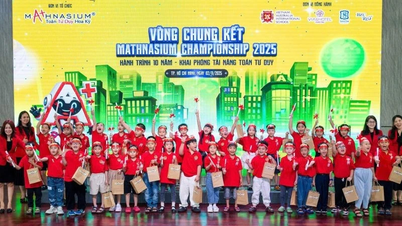




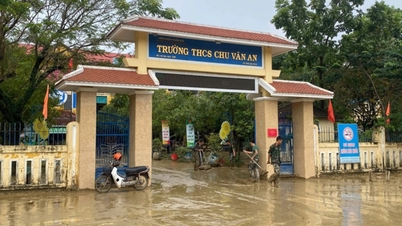

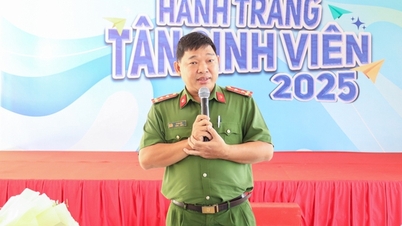








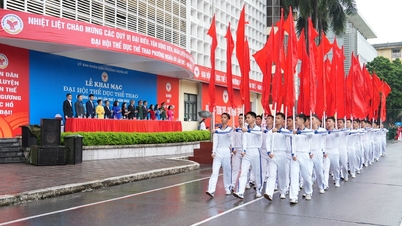

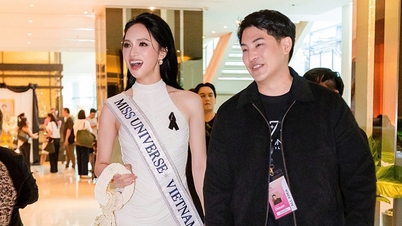





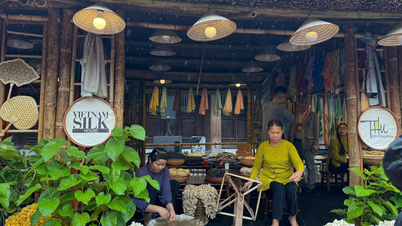

























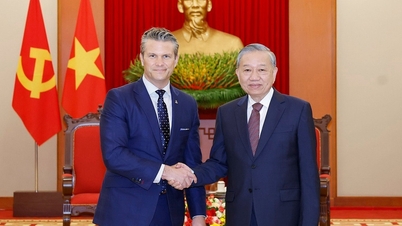
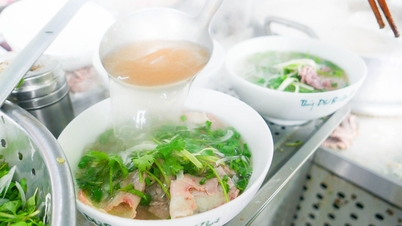

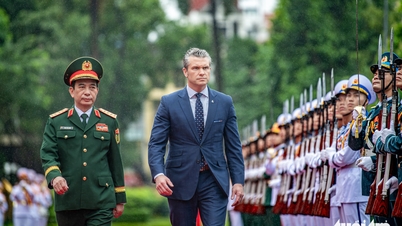

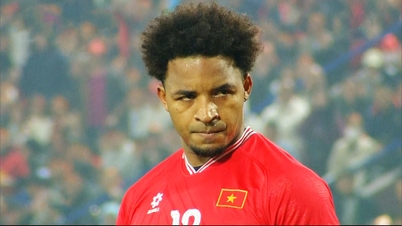



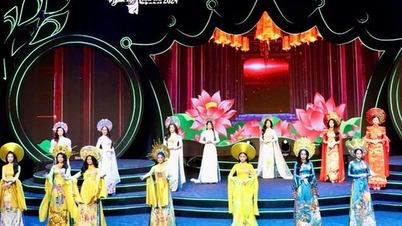


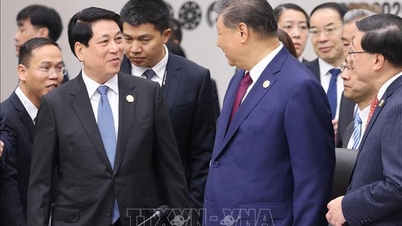





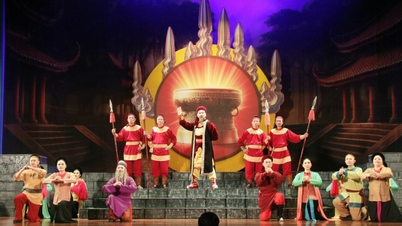

















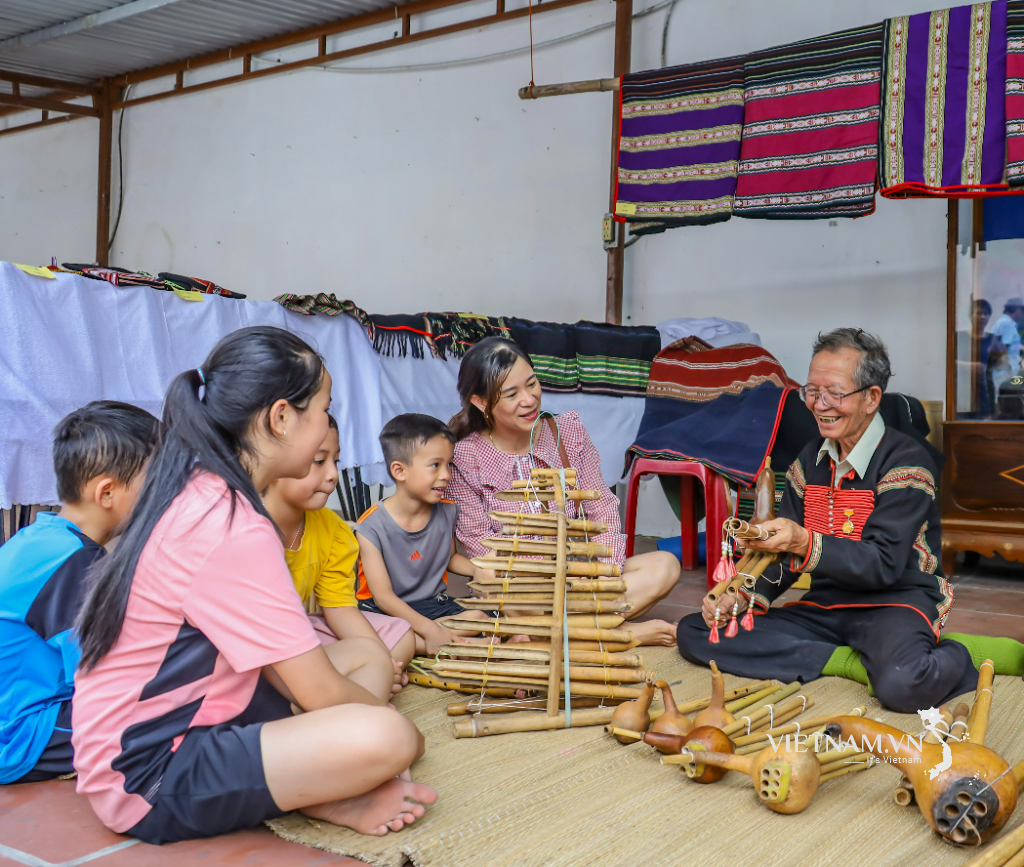

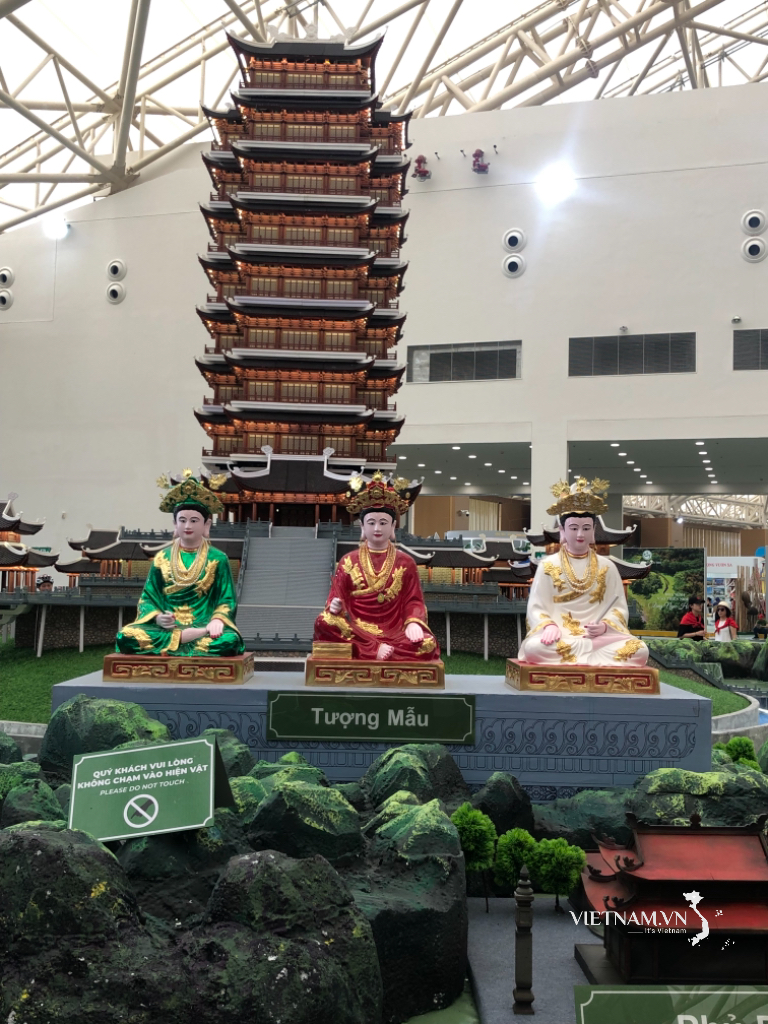

Comment (0)